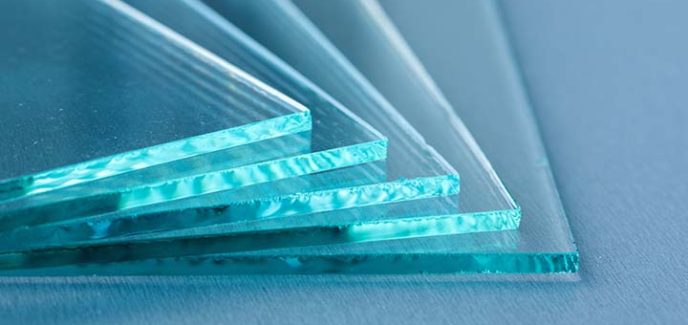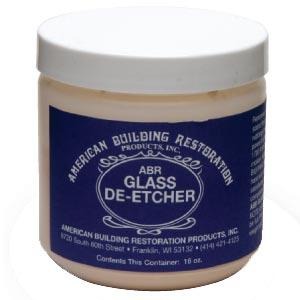How to find the Tin Side of Float Glass and Why it Matters

Most window glass is made using the float process. Float glass is an exceptionally smooth, clear glass that is used in most windows, as well as the basis for other types of glass, such as tinted, tempered, and laminated glass. Float glass is made using the Pinkington Process – i.e., the molten glass is poured from a furnace into a chamber that holds a bed of molten tin. The glass then floats on the tin where it forms the shape of the container that holds it. The top surface of the glass is referred to as the air side or score side, and it is polished with fire. The bottom side is the tin side, and it is not fire polished. Once the glass leaves the chamber, it is "annealed," meaning it is slowly cooled, which releases the glass of internal pressure. The glass is then trimmed using glass cutters to the correct size.
Why the Tin Side can be problematic
The annealing process leaves a tin residue on one side of the glass. Frosted glass is professionally made by etching the tin side of float glass with hydrofluoric acid. This is where the problem comes in for window cleaners. If you use an acid on the tin side to remove staining, such as from hard water, you can etch or “smoke” the glass.
How to check for the tin side:
- The water droplet method. While this method is fairly simple, gravity can make it problematic. After you clean the glass thoroughly, place a single drop of water gently onto the glass from about 1 to 1.5 inches away on both sides of the glass. (Don’t touch the glass when you drop the water.) Then compare the results. If the water drop spreads out, it’s the non-tin side. If it stays firm, it’s the tin side.
- The UV Light Method. A shortwave UV light can detect the tin side. To use this method, you need to turn off the lights to the room, then roll the UV light across the edge of the glass. The tin side will glow; the air side won’t.
- Use the Tin-Side Digital Detector. This is the easiest and most reliable source for detecting the tin side. Simply place the meter on both sides of the glass and the detector will immediately let you know which side is the tin surface.
What if You Etch the Glass?
First, before you do any kind of acid or razor work, you should have your customer sign a waiver saying you are not responsible for damage. You can download our sample waivers as examples here then customize them for your company: Scraper Waiver Tempered Glass Waiver Glass Clearing Authorization & Release Waiver If you smoke the glass by using acid on the tin side, there are a couple of things you can try.- ABR Glass De-Etcher: This is a polishing compound that can remove some hydrofluoric acid burn stains from glass, as well as hard water and other stains, such as stains caused by run off from unsealed masonry, airborne pollution, and acid-rain haze that causes oxidation to glass. You apply it as a rubbing compound with a a power buffer. One 15-ounce can will cover about 500 to 600 square feet.
- Glass Renu Scratch Removal System Pro or Pro XL : This is perfect for use on a variety of types of surface damage, ranging from scratches, hard water etching, and acid burns.



